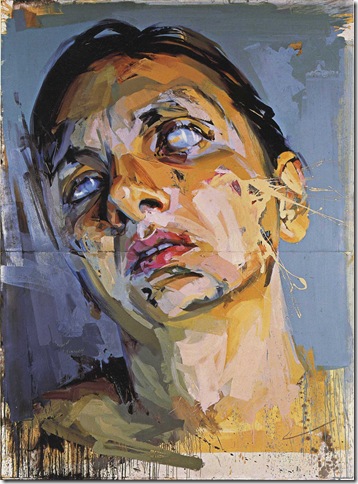As I started to build up my ideas and development, the best way to begin was to focus on the obvious and bring together a collection of primary research. With quick observational sketches I basically drew one of my class mates using water colour. By doing this I am not only showing my skills in drawing but experimenting with paints. This is something I want to foucs on when I am especially dealing with portraiture, what media I am using to show various techniques in my book.
Gathering up primary sources, taking photographs of my family, friends this will be a good option for the moment as it will help me figure out what I am leading up to in my book and help the viewers understand what I am displaying in my book.
 | |
| These are my observational drawings that took around 10 mintues, the oil drawing above was produced and replicated one of Lucian Frued's portraiture books. |
 | ||
| This is simply a quick drawing I produced using tone and faint pencil marks. |
I tried to produce a quick painting and by creating a more abstract picture. I am showing the use of not only drawing and sketching but painting in a way I feel is very essential. I wanted to bring in a feel of artists I have explored and show a sense I have interpreted their painting techniques into my work.
I feel this painting replicates some of Jenny saville's paintings due to the fragile colours and brushstrokes.































